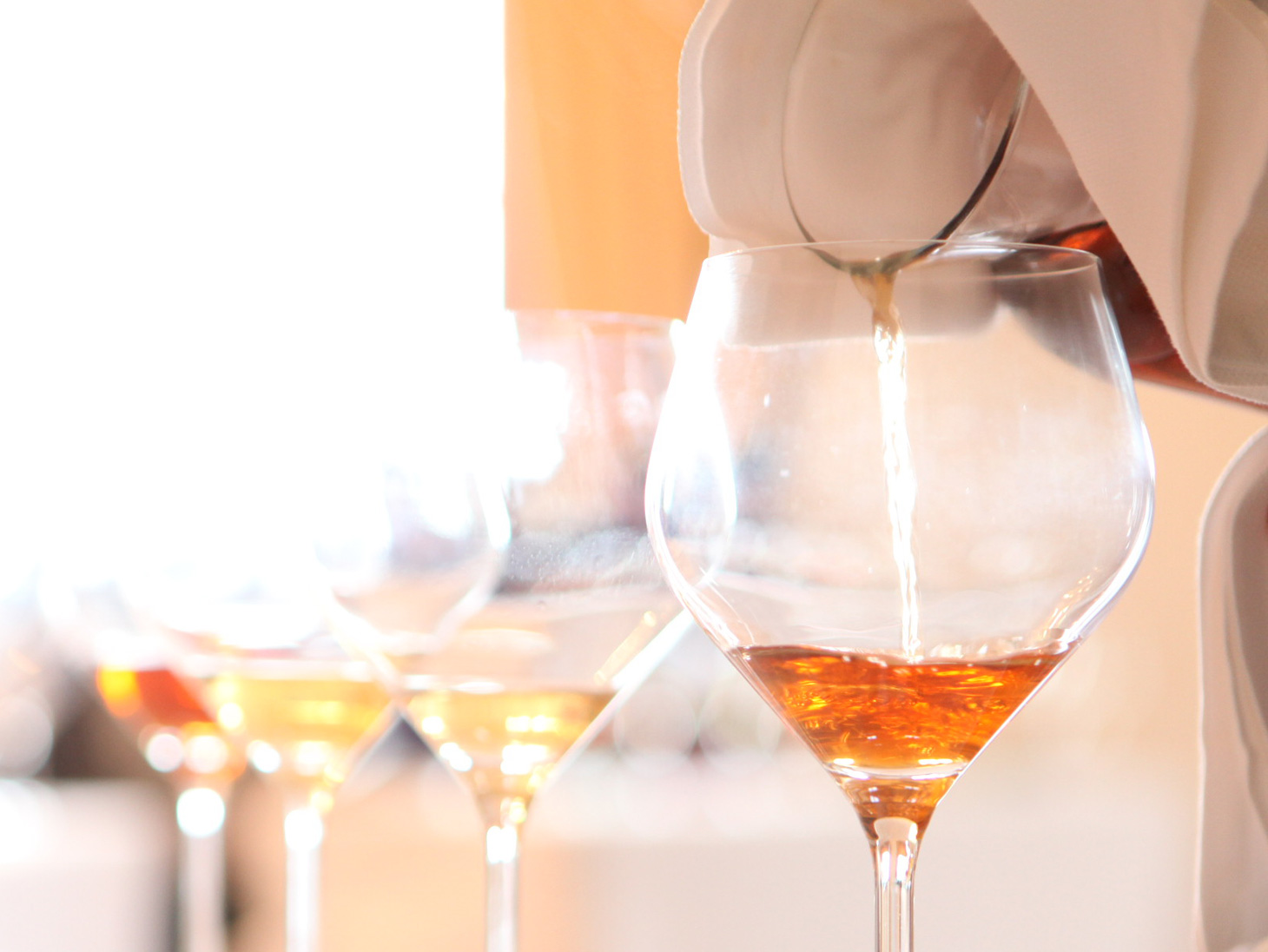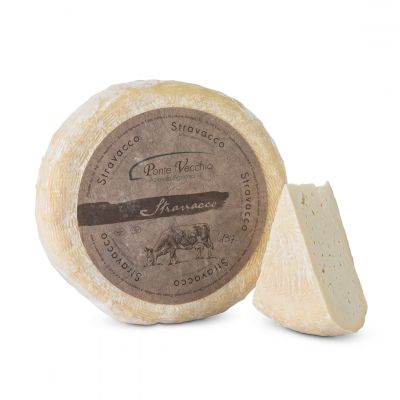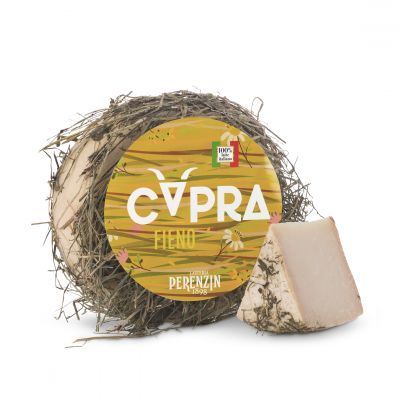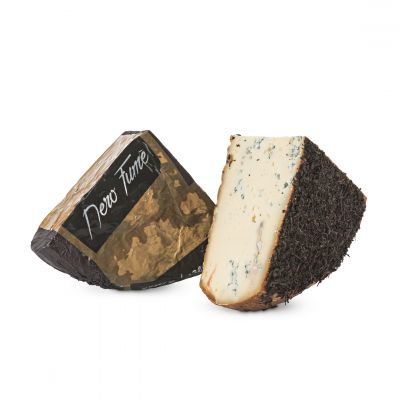
There are so many beverages to be paired with cheese, best known is wine. But what works the best?
Suppose you were born in another part of the world, where wine is not so obvious. Nothing wrong with getting rid of our blinds and search for something else. Now, the Swiss seemed to drink black tea when they fondue. Arabic countries drink tea during their meals. Let’s explore that world.
First of all, when do we call a beverage tea? That must contain leaves from the Camelia. The fact it is Green, Oolong, Red or Black all depends on the treatment after picking. Leaves we just fry, hardly bruised, to maintain the green colour and juices, make Green tea. Leaves a little bit bruised, then fried and rolled make Oolong. The oxidation by air determines the blackness of the tea. The cutting of the leaves, either in very small particles, almost powder, make very strong teas. Like Orange Pekoe. If we just pick the upper bud from the plant and dry it, we get White tea.
When we want to brew a good to perfect tea, we need filtered water or spring water. No minerals in it. For Green tea, not hotter then 80 degrees Celsius, White tea at 70, Oolong 90 to 100, depending the darkness of the leaves, and Black tea 100 degrees Celsius.
Now the time of the actual brewing when we are going to pair it with cheeses, should be a bit longer then a morning brew. So green at least 4 minutes, Oolong and Black 5 minutes. If you choose a cold brew, imagine 10-24 hours. So we have the tea!
Now, would you serve it in a cup, the magic is gone. But, served in a wine-glass changes everything. People will be surprised, start treating the tea as a wine, by turning the glass around and smelling before tasting. Then we’ re ready.
Hot tea cleans the palate, warms it, so when the cheese comes in, it sinks in a clean warm bed, ready to expose all het characteristics. When I pair, I always look for the bridge. To marry them. So for example, if the tea has apricot notes, I will look for a cheese which I could combine with that particular fruit. If there are earthy notes in the tea, like Pu-Ehr, I will try to find cheeses who bring me the autumn feeling.
It is fun to explore, light to digest, because the tea brakes down the fats, apart from the enzymes in the cheese which optimize the digestion.
For those who have troubles starting, hereby some ideas with certain teas!
Green tea with Jasmin flowers - usually the perfect combination with fruity goat cheeses, but now paired with Stravacco Morlach. The subtil butter notes now take overhand, beautiful! Dare I try Taleggio? Of course, the freshness of this aromatic cheese makes it work. For the daredevils I suggest Epoisses Berthaut too!
For Oolong, I chose Guan Yin, a Chinese Oolong - a nutty, fruity tea, more green then black. The cheeses I usually find hard to pair are Pecorino’s. From slightly salty, to extremely ‘sheeps’ they differ a lot. Guan Yin did the job beautifully! As did the Caciotta di Capra al fieno.
For the last one, I picked Pu-Ehr, again Chinese, considered a Red tea. The only tea of which we know it can mature. The smell can be a little offending, but once used to this, very expressive and earthy. Certainly, man enough to face the blues! Gorgonzola Tosi proved right. A ripe Nero Fumé also matches, despite the other tea it has been matured in. Brie de Meaux from Dongé is maybe the ultimate combination with Pu-Ehr though.
Personally I like to work with Dilmah tea, not only for the quality, but also for their way of working. 15 % of their profits are reinvested in the country. Housing, hospitals, orphans and elephant saving. A matter of human recourses as they name it...
Betty Kostner is one of the main experts in cheese refining in Europe.
Together with her husband Martin, she is the owner of Fromagerie L'Amuse, a beautiful cheese shop near Amsterdam






